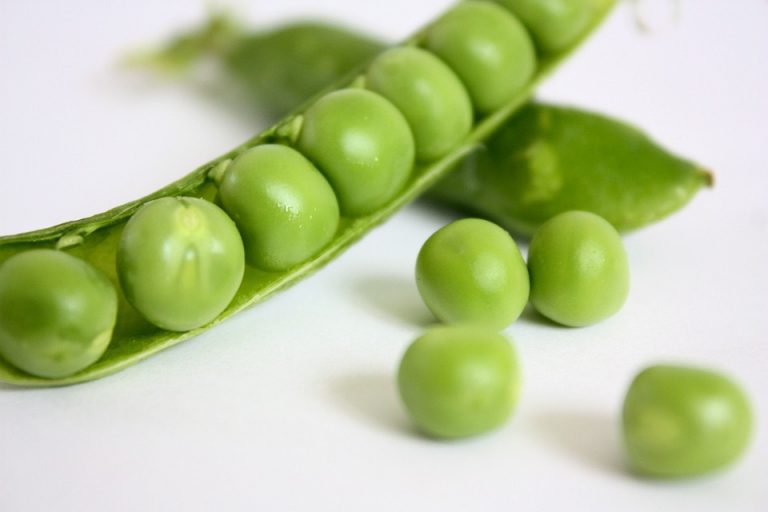A vegetarian diet is a diet that does not contain meat products, fish, crustaceans, seafood or animal by-products, such as gelatine or animal fats. Allowed products are eggs, pods, nuts, seeds and of course fruits and vegetables. So what about protein, which is very important during active training and mass growth?
Where can we find proteins?
Vegetarian diet is problematic when it comes to providing well-absorbed protein. Most products contain proteins, but are they sufficient? Good sources are all legumes, seeds, nuts, dairy products and soy products, such as tofu, soy milk, soy yogurt or soy meat. Soy is a very controversial product here. On the one hand, it is one of the good sources of protein for vegetarians, and on the other hand it can adversely affect human health due to the presence of phytoestrogens.
Essential amino acids
The problem with a vegetarian diet is the lack of all the essential amino acids that we need. Proper manoeuvring of products will make us complete that. We call it protein supplementation. Plant proteins often contain small amounts of one of the amino acids, but by supplementing the meal with grain products, we can reduce these deficiencies. For example, grain products have few lysines, and little methionine pods. The combination will make us gain high quality protein. It will still not be a protein like the one that comes from animals. However, in this situation it is the best option. What are the examples of such sets? Beans with toast, muesli, rice with lentils. We can add dairy products and eggs to these sets, which also perfectly complement the amino acids.
Comparison of amino acid content: chicken breast and eggs vs vegetable products
Examples of protein combinations
If you're a vegetarian who regularly does sports, make sure you get the right amount of protein. Apart from the above-mentioned examples, add meals such as: beans and vegetables with rice or noodles, quark chilli with rice, peanut butter sandwiches, lentil soup with bread roll, wok fried with vegetables or tofu burgers in a bread roll. There are many ideas. It’s enough to combine vegetable products from two or more categories: legumes (beans, lentils, chickpeas, peas), cereals (bread, pasta, rice, oats, cereals, corn, rye), nuts and seeds (peanuts, cashews, almonds, sunflower, pumpkin, sesame) and soy products.







